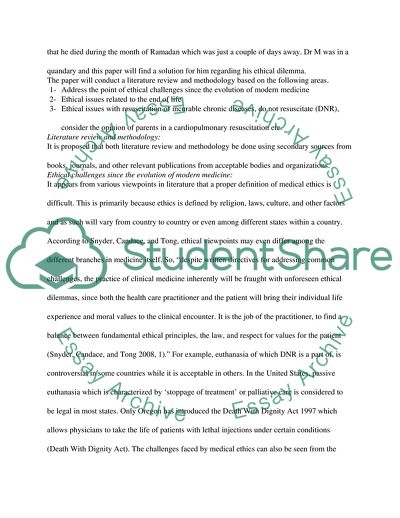Cite this document
(Ethical Issues Of Resuscitation: Islamic Perspective Research Proposal, n.d.)
Ethical Issues Of Resuscitation: Islamic Perspective Research Proposal. https://studentshare.org/religion-and-theology/1727379-ethical-issues-of-resuscitation-islamic-perspective
Ethical Issues Of Resuscitation: Islamic Perspective Research Proposal. https://studentshare.org/religion-and-theology/1727379-ethical-issues-of-resuscitation-islamic-perspective
(Ethical Issues Of Resuscitation: Islamic Perspective Research Proposal)
Ethical Issues Of Resuscitation: Islamic Perspective Research Proposal. https://studentshare.org/religion-and-theology/1727379-ethical-issues-of-resuscitation-islamic-perspective.
Ethical Issues Of Resuscitation: Islamic Perspective Research Proposal. https://studentshare.org/religion-and-theology/1727379-ethical-issues-of-resuscitation-islamic-perspective.
“Ethical Issues Of Resuscitation: Islamic Perspective Research Proposal”. https://studentshare.org/religion-and-theology/1727379-ethical-issues-of-resuscitation-islamic-perspective.


